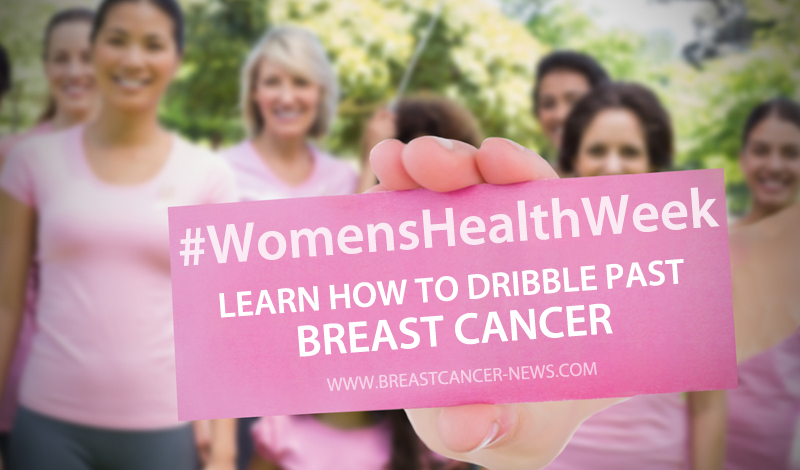For the 17th consecutive year, National Women’s Health Week is celebrated. This year, it takes places between May 8 and 13, as defined by the U.S. Department of Health and Human Services Office on Women’s Health. Organizations, patients, advocate groups and women throughout the country honor the cause by raising awareness for diseases that affect women, breast cancer being one of the main focuses.
Mother’s Day kicked off the week and the U.S. Department of Health and Human Services Office on Women’s Health launched a website where women can search by their age group ways to take action and make their health a priority. “It’s never too early or late to work toward being your healthiest you! This National Women’s Health Week, we want to help you take control of your health,” explain the department. “Take the first step! Join the National Women’s Health Week celebration and learn what you can do to lead a healthier life at any age.”
From mental to physical health, women of all ages are encouraged to participate in the day and also keep track of their health. There are many generic recommendations focused on improving overall health, including being physically active, eating healthily, managing stress, getting enough sleep, getting checkups or preventive screenings, and avoid unhealthy behaviors such as smoking. But there are also specific recommendations on how to avoid determined diseases.
Despite the fact that there is no absolutely sure way to prevent breast cancer, there are behavioral alterations and steps that can be taken to lower the risk. Being an healthy weight, eating a healthy diet, and exercising regularly are known to contribute to lowering the risk of cancer. Women from their 20s onwards are recommended to conduct a self-examination on a monthly basis. The exam is easy to do at home, in the mirror, shower or bed. It consists of manually feeling the armpit and the all breast, including the nipple, to look for any lumps, masses or abnormal feeling. Using soap and water or body lotion may facilitate the process.
In addition to the breast self-exam, it is also important that women make regular visits to the doctor and know the risk factors to act early. For women who have one or more risk factors and higher probability of suffering from breast cancer, there are also medical options. Determined drugs like tamoxifen and raloxifene may be prescribed to reduce the risk, while preventive surgery is also possible.
Learn more about breast cancer: http://bit.ly/learnBreastCancer
Breast Cancer News is strictly a news and information website about the disease. It does not provide medical advice, diagnosis or treatment. This content is not intended to be a substitute for professional medical advice, diagnosis, or treatment. Always seek the advice of your physician or other qualified health provider with any questions you may have regarding a medical condition. Never disregard professional medical advice or delay in seeking it because of something you have read on this website.

